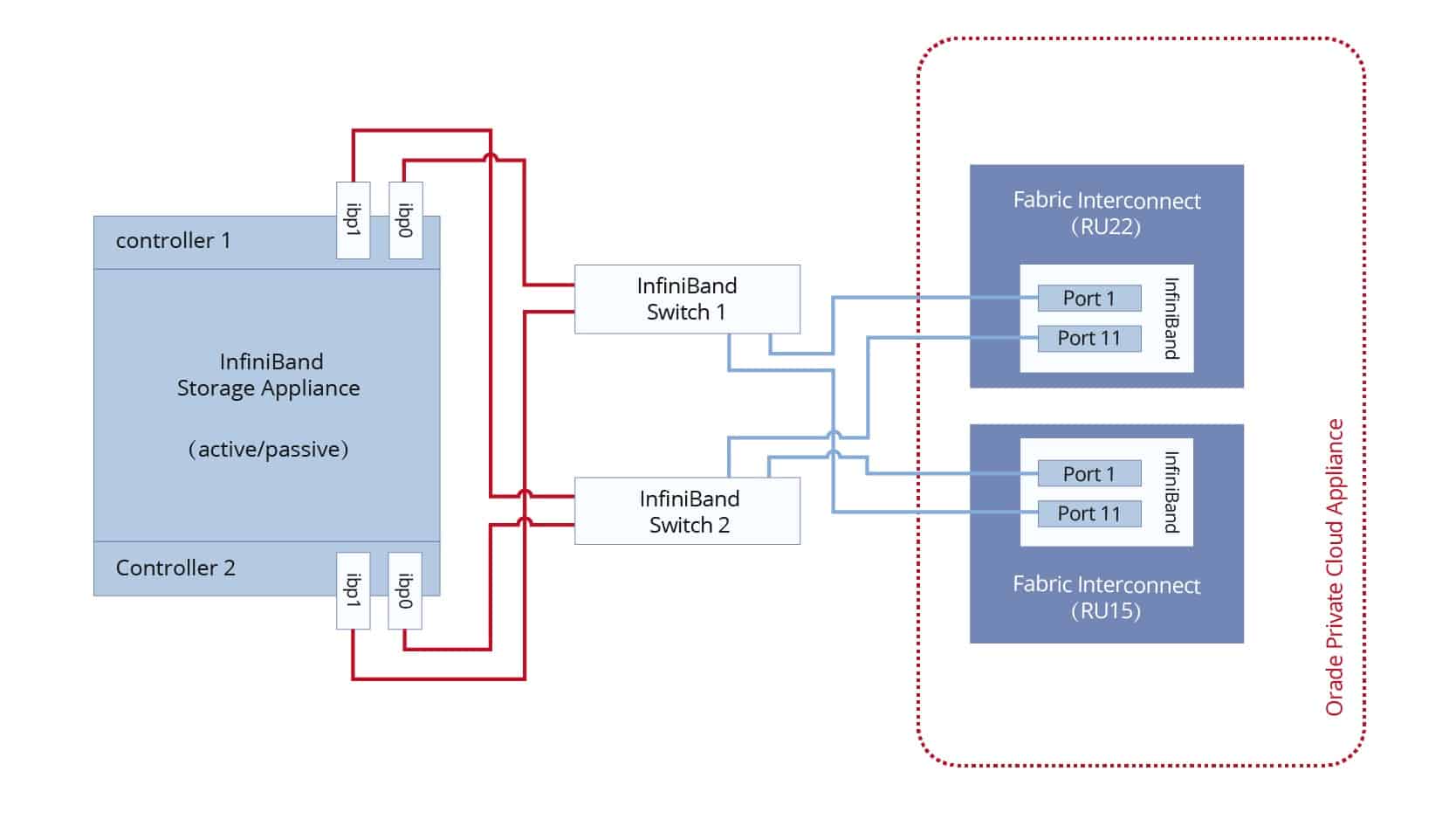Here’s the translation of the provided text into American English:
—
The evolution of data centers has sparked an ongoing debate about which networking technology is most efficient for supporting demanding workloads, such as Artificial Intelligence (AI), Machine Learning, and High-Performance Computing (HPC). InfiniBand and Ethernet are two of the leading options, but each has its advantages and disadvantages that must be assessed based on the specific needs of each environment.
InfiniBand: Speed, Low Latency, and Optimized Performance for HPC
InfiniBand is an interconnection technology designed to provide high speed, low latency, and high reliability in communications between servers. It has become the preferred choice for supercomputers and data centers optimized for AI, thanks to features such as:
- Superior BandwidthBandwidth is the maximum transfer capability.: Next-generation InfiniBand switches achieve speeds of up to 400 Gbps (NDR) and 800 Gbps (XDR).
- Low Latency: While Ethernet may present latencies of several microseconds, InfiniBand reduces that time to less than 100 nanoseconds with its Cut-Through Switching technology.
- Lossless Network: Advanced traffic management prevents packet loss and ensures a constant flow of data, which is essential for distributed computing and training AI models.
- Lower CPU Load: InfiniBand employs Remote Direct Memory Access (RDMA) technology, enabling direct data transfers between servers without CPU intervention, thus optimizing system performance.

Data centers running high-performance workloads, such as large-scale AI model training, significantly benefit from InfiniBand, especially in environments with GPUs like NVIDIA H100 or A100, which rely on ultra-fast interconnections to efficiently distribute computations.
Ethernet: Universal Standard with Flexibility and Compatibility
Ethernet, on the other hand, is the most widely used networking technology in the world, focusing on widespread connectivity and compatibility with a broad range of devices and applications. Its main features include:
- Interoperability: Ethernet is the most widespread networking standard, compatible with a wide variety of hardware and software.
- Flexible Infrastructure: It enables connections between servers, workstations, and network devices without the need for specialized infrastructure.
- Lower Cost: Although Ethernet has evolved to 400 Gbps Ethernet, implementing InfiniBand remains more costly and specialized.
- Easier Management: Managing Ethernet networks is more straightforward and familiar for most IT teams, as it is based on standard protocols like TCPTCP (Transmission Control Protocol) is a transport protocol./IP and RoCE (RDMA over Converged Ethernet).
Companies seeking a versatile and cost-effective networking solution for hybrid cloud environments, virtualization, or widespread server connectivity typically prefer Ethernet, as it allows for greater scalability without the additional costs associated with InfiniBand.
Technical Comparison: InfiniBand vs. Ethernet
| Feature | InfiniBand | Ethernet |
|---|---|---|
| Bandwidth | Up to 800 Gbps (XDR) | Up to 400 Gbps |
| Latency | <100 ns | 2-10 μs |
| CPU Usage | Low (RDMA) | Higher (TCP/IP) |
| Network Management | Subnet Manager (Integrated SDN) | VLAN, STP, ARP |
| Reliability | Lossless Network | Possible packet loss |
| Cost | High | Low |
| Ideal Use | HPC, AI, Supercomputing Clusters | Enterprise Data Centers, Cloud, Virtualization |
Which is the Best Option for Your Data CenterA data center or data processing center.?
The choice between InfiniBand and Ethernet will depend on the specific use case:
- If your priority is maximum performance, low latency, and executing AI or HPC workloads, InfiniBand is the best choice, especially in data centers with NVIDIA H100/A100 servers or supercomputing applications.
- For companies requiring a flexible, cost-effective network compatible with multiple devices, Ethernet remains the preferred option, particularly in cloud and virtualization environments.
In conclusion, while Ethernet will continue to dominate the general market, InfiniBand is the key technology for high-performance computing and large-scale artificial intelligence. With the arrival of new generations of HDR, NDR, and XDR switches, its role in next-generation data centers will become increasingly significant.
Reference: FS Community
—
Feel free to reach out if you need any further assistance!

